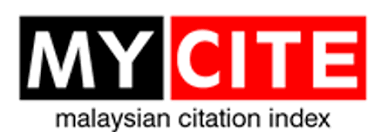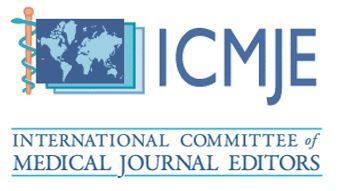Neurofeedback (NFB) Training in Aspergers
DOI:
https://doi.org/10.51200/bjms.v16i1.3026Keywords:
Asperger’s , communication , emotion , neurofeedback training , speech/ languageAbstract
The prevalence of Autism Spectrum Disorder (ASD) is increasing globally. Due to its high incidence rate reported globally, ASD should be considered as a public health emergency that requires immediate attention to the process of screening, diagnosis, and intervention. This is a preliminary case study to test the efficacy of the neurofeedback technique in helping an Asperger’s child to reduce his pathological symptoms (e.g., sociability, sensory/cognitive awareness, communication/ speech/ language, and physical behaviour). Neurofeedback is brain training based on the operant conditioning concept to regulate brainwave activities voluntarily using audio or visual feedback (real-time). In this study, we conducted neurofeedback training on an eight-year-old boy diagnosed with Aspergers aimed to enhance Sensorimotor Rhythm (SMR) wave (12 to 15 Hz) and at the same time inhibiting theta wave (4-8 Hz) and high beta wave (22-36Hz) at C4 over the right motor area, with the reference electrode placed on A2 and ground electrode placed on A1. Twenty (20) sessions of neurofeedback training were conducted on the boy’s aims to improve his behaviour and emotional expression, language comprehension. The participant showed observable improvement after 20 sessions of neurofeedback training in sociability and speech/ language or communication subscale of the Autism Treatment Evaluation Checklist (ATEC), and parent’s report. This study provided important evidence that neurofeedback training can be employed to improve the child’s Asperger’s symptoms.
Downloads
Published
How to Cite
Issue
Section
License
All articles are published under the Creative Commons Attribution-NonCommercial (CC BY-NC 4.0) license, enabling users to read, download, copy, distribute, and adapt the material for non-commercial purposes, provided proper credit is given to the original authors and the source. This model supports transparency, accessibility, and the global exchange of medical knowledge.








1.png)



